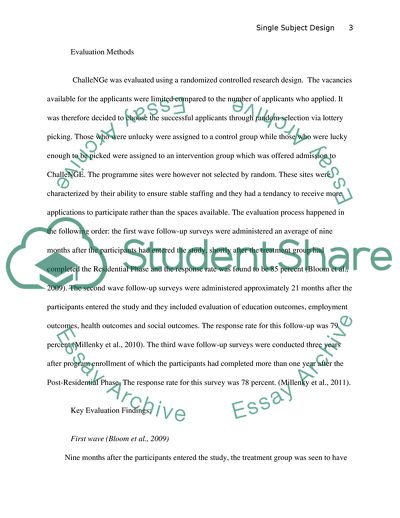Cite this document
(Nation Guard Youth Challenge Program Article Example | Topics and Well Written Essays - 2000 words - 1, n.d.)
Nation Guard Youth Challenge Program Article Example | Topics and Well Written Essays - 2000 words - 1. https://studentshare.org/sociology/1759806-single-subject-design-nation-guard-youth-challenge-program
Nation Guard Youth Challenge Program Article Example | Topics and Well Written Essays - 2000 words - 1. https://studentshare.org/sociology/1759806-single-subject-design-nation-guard-youth-challenge-program
(Nation Guard Youth Challenge Program Article Example | Topics and Well Written Essays - 2000 Words - 1)
Nation Guard Youth Challenge Program Article Example | Topics and Well Written Essays - 2000 Words - 1. https://studentshare.org/sociology/1759806-single-subject-design-nation-guard-youth-challenge-program.
Nation Guard Youth Challenge Program Article Example | Topics and Well Written Essays - 2000 Words - 1. https://studentshare.org/sociology/1759806-single-subject-design-nation-guard-youth-challenge-program.
“Nation Guard Youth Challenge Program Article Example | Topics and Well Written Essays - 2000 Words - 1”. https://studentshare.org/sociology/1759806-single-subject-design-nation-guard-youth-challenge-program.


